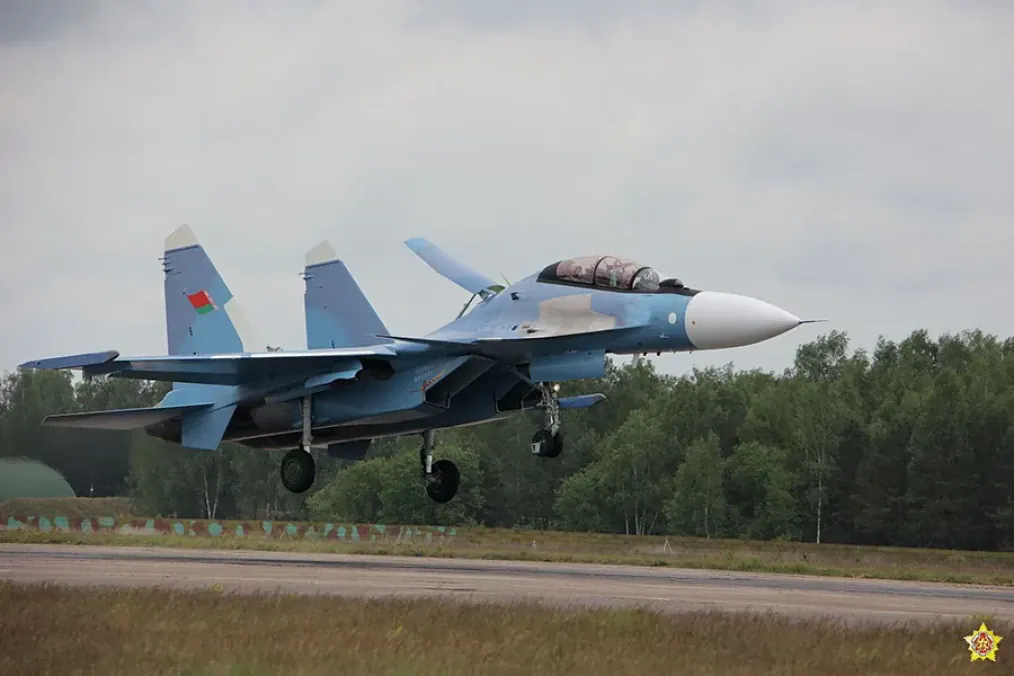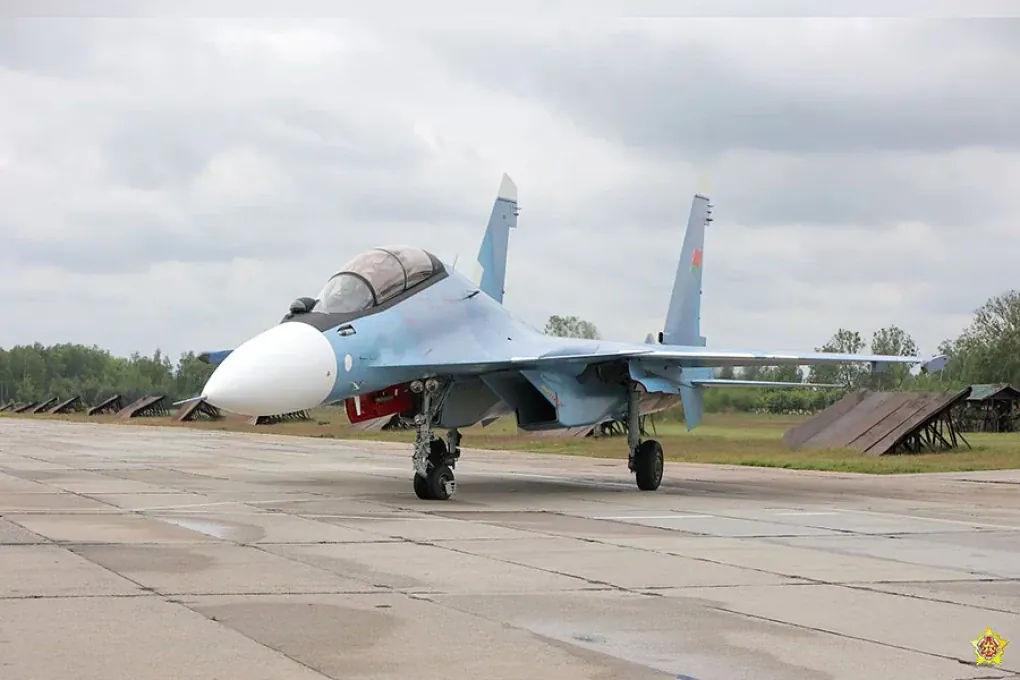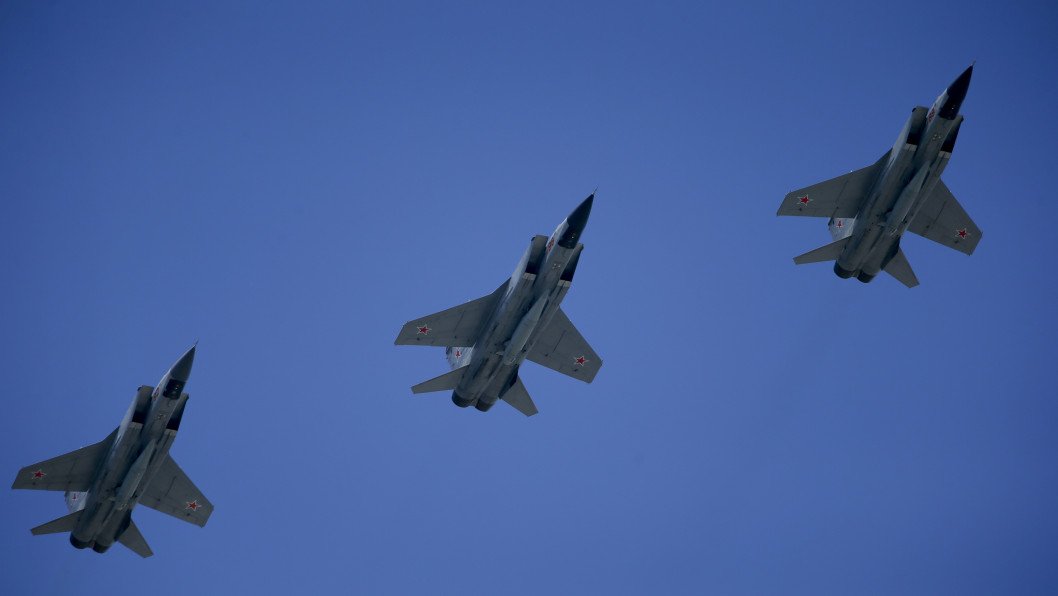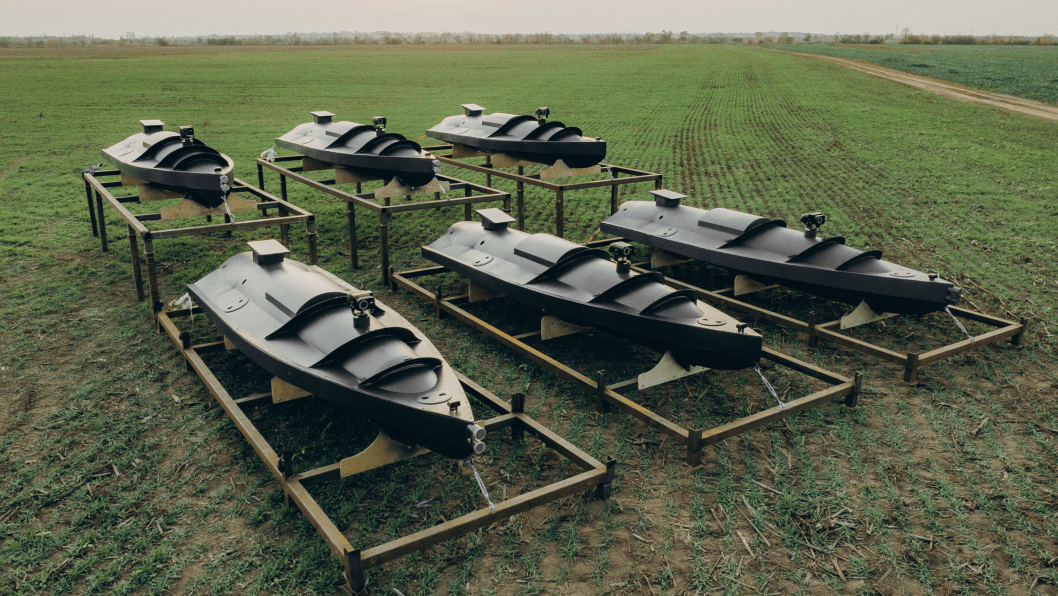- Category
- Latest news
Belarus Receives Advanced Russian Su-30SM2 Fighters—What It Means for NATO

The Belarusian Air Force has taken delivery of a new batch of Russian-built Su-30SM2 multirole fighter jets, further deepening the already robust military cooperation between Minsk and Moscow, confirmed Belarusian state media outlet BelTA on May 27, 2025.
The delivery is a part of a longstanding contract signed in 2017 between Belarus and Russia’s United Aircraft Corporation (UAC).

While the Belarusian Defense Ministry did not disclose the exact number of jets in this latest batch, available data and prior delivery patterns strongly suggest that two aircraft were delivered—consistent with previous shipments in 2019 and 2021. This marks the third installment under the original agreement, which envisions a total of twelve Su-30SM fighters being supplied to Belarus.
The Su-30SM2 is a heavily modernized variant of the Su-30SM, itself derived from the Su-30MKI developed for the Indian Air Force.
Designed for versatility in air superiority, ground attack, and maritime strike missions, the SM2 features multiple high-end upgrades, many borrowed from the more advanced Su-35.

Key enhancements include the AL-41F1S engines, which deliver more thrust and greater fuel efficiency than the older AL-31FPs. The aircraft is also equipped with the N035 Irbis-E radar, capable of detecting fighter-sized targets at distances up to 400 kilometers while tracking up to 30 and engaging eight simultaneously.
With a maximum takeoff weight of 34,500 kilograms and a wingspan of 14.7 meters, the Su-30SM2 can carry up to 8,000 kilograms of munitions across twelve external hardpoints. Its arsenal includes:
R-77 and R-73 air-to-air missiles
Kh-59MK2 stealth cruise missiles
KAB-250 precision-guided bombs
Potential capability to launch Kh-47M2 Kinzhal hypersonic missiles
The aircraft is also outfitted with thrust-vectoring nozzles, advanced electronic warfare pods (SAP-518), and the OSNOD data link system—shared with Russia’s fifth-generation Su-57 fighter—allowing for real-time battlefield integration and potential drone control.
-8ff74eb427048fb43a21b623ab814c0b.png)
Belarus plays an increasingly central role in Russia’s regional power projection. It serves as a buffer state and a forward-operating zone, allowing Russian forces to maintain pressure on NATO’s eastern flank. The two countries have dramatically increased joint military integration, including:
Shared air defense systems
A joint regional military command
Regular bilateral military exercises
Of particular concern to Western defense planners is Belarus’s decision to allow the deployment of Russian tactical nuclear weapons and advanced missile systems—such as the Iskander and the soon-to-be-deployed Oreshnik intermediate-range ballistic missiles—on its territory.
By equipping Belarus with the Su-30SM2, Russia not only strengthens a close ally’s air capabilities but also extends the reach of its own military infrastructure westward, tightening its grip over Belarus as a strategic outpost in the evolving security architecture of Eastern Europe, defense media Army Recognition stated.
Earlier, reports emerged that Belarus and Russia were jointly developing a project to create a new fifth-generation light single-engine fighter jet, the Su-75.







-111f0e5095e02c02446ffed57bfb0ab1.jpeg)